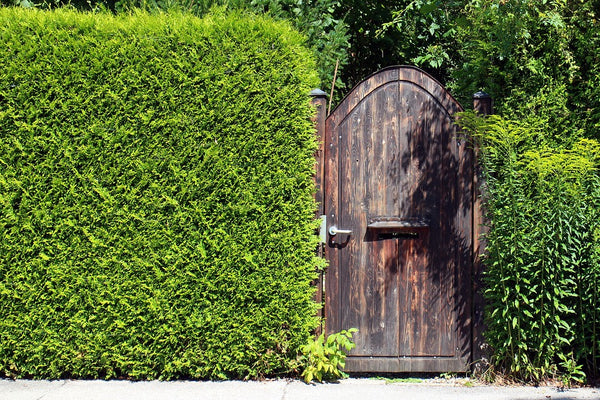Growing zones: What are they, and how do you know which one you're in? The USDA’s Zone Hardiness Map is helpful in answering these questions.
This map determines where plants will thrive based on each zone’s average temperature lows. The map for growing zones serves as a basic guide to inform planters about which plants will grow and thrive in their areas. The “hardiness” refers to cold hardiness and the temperatures that plants can withstand there. For example, the Thuja Green Giant is cold hardy to Zone 5, meaning it will survive this zone’s cold temperatures if planted there.
There are 11 zones that are sometimes broken up into subcategories, depending on which map you reference. Some maps include Zones 4a and 4b, while others cover Zones 3 through 11. The lower the number, the lower the temperatures get in the zone. 11 is the warmest, and 1 is the coldest. The zones all represent the average extreme cold temperature for the area that they cover.
What’s Not Included?
Zones can often change as average temperatures shift. For example, recent milder winters have caused areas to shift into warmer zones. Temperatures can always fluctuate up or down. And the Farmer’s Almanac is a reference book that includes planting charts and weather forecasts, giving you an idea about the temperatures that will occur in the upcoming seasons.
Elevation is considered in each zone, because the average temperature for an area is calculated rather than the altitude. If you live on a mountaintop, higher elevations are colder, and that’s included in your zone. And with higher altitudes, the levels of air pressure and carbon dioxide decrease. Carbon is very essential for a plant’s survival.

Generally, summer heat isn’t accounted for in zone maps. However, we've mapped out the zones a plant can tolerate based off cold and heat. For example, the Emerald Green Thuja is recommended for Zones 3-8. Zone 2 can get a little too cold for the Emerald Green, and Zone 9 can get a little too hot.
The quality of your soil and humidity aren’t included in zone maps, but these are things you can adjust. You can always add potting mix to your soil to make it optimal for your tree. Royal Empress Trees love sandy soil, for example. To make your soil sandier, you can mix in sand or loamy potting mix with your natural soil prior to planting.
Winter Protection
Another thing that zone maps don’t account for is the benefit of snow. Snow can act as an insulator during times of extreme cold. Snow cover protects a tree’s roots by keeping them warm. If the roots are kept warm, then the temperature won’t be as cold as the zone map indicates.
However, it’s highly recommended to stay inside of your assigned growing zones when planting - unless, of course, you’re keeping your plant potted and bringing it indoors.

But there's a few steps you can take to protect your plants during the winter. Spreading a 3-inch layer of mulch, pine straw or hay around the base of your plant will insulate the roots. Covering your plant with a sturdy fabric, like burlap or an old blanket, will protect it. The cover should be held up by stakes so it doesn’t get weighed down or become too heavy for your plant.
Growing Zones: The Details of the Maps
To find out exactly which zone you’re in, type in your zip code using the Growing Zone dropdown at the top of our site and click "Find my Growing Zone." Once your zone has populated, you can then filter our plants by your specific zone and browse varieties recommended for your area. In addition, every plant page lists the zones that that variety does best in, so you can always reference that.
The Little Gem Magnolia Tree is recommended for zones 5 to 9 and isn’t ideal for zone 4 unless special winter care is used, or zone 10 unless special care is taken to protect it from the heat. The Meyer Lemon Tree is recommended for zones 4 to 11 on patios and 8 to 11 outdoors. The map is shaded in blue from zones 4 to 11 but can only withstand the cold temperatures in zone 8 if planted outdoors.
If you have a Meyer Lemon Tree in Zones 4-7, then you’ll need to keep it in a pot and bring it indoors during the winter or keep it in a greenhouse.
If you’re wanting to plant something and you’re not sure whether it'll thrive in your area or not, the Zone Hardiness Map should be used as your first reference. Although a lot more factors go into a plant’s health besides the outside temperatures, determining whether it'll survive your winter or not should always be considered.

